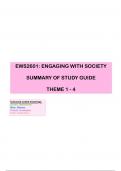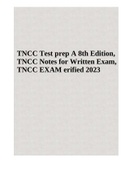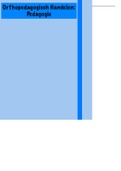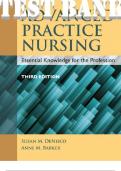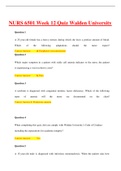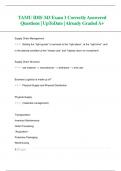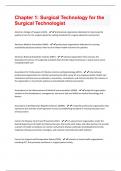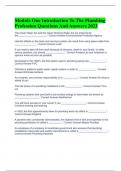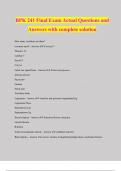Summary
Summary - Engaging with Society: Meeting the Challenges of a Changing World (EWS2601)
- Institution
- University Of South Africa (Unisa)
A short, but in-depth summary of Theme 1-4 (exam scope)of the study guide for EWS2601. Colour coded to make important information pop, definitions stand out and for better memorisation. The layout is more compact which makes studying feel faster and keeps your attention. Theme 5 is not included as ...
[Show more]
